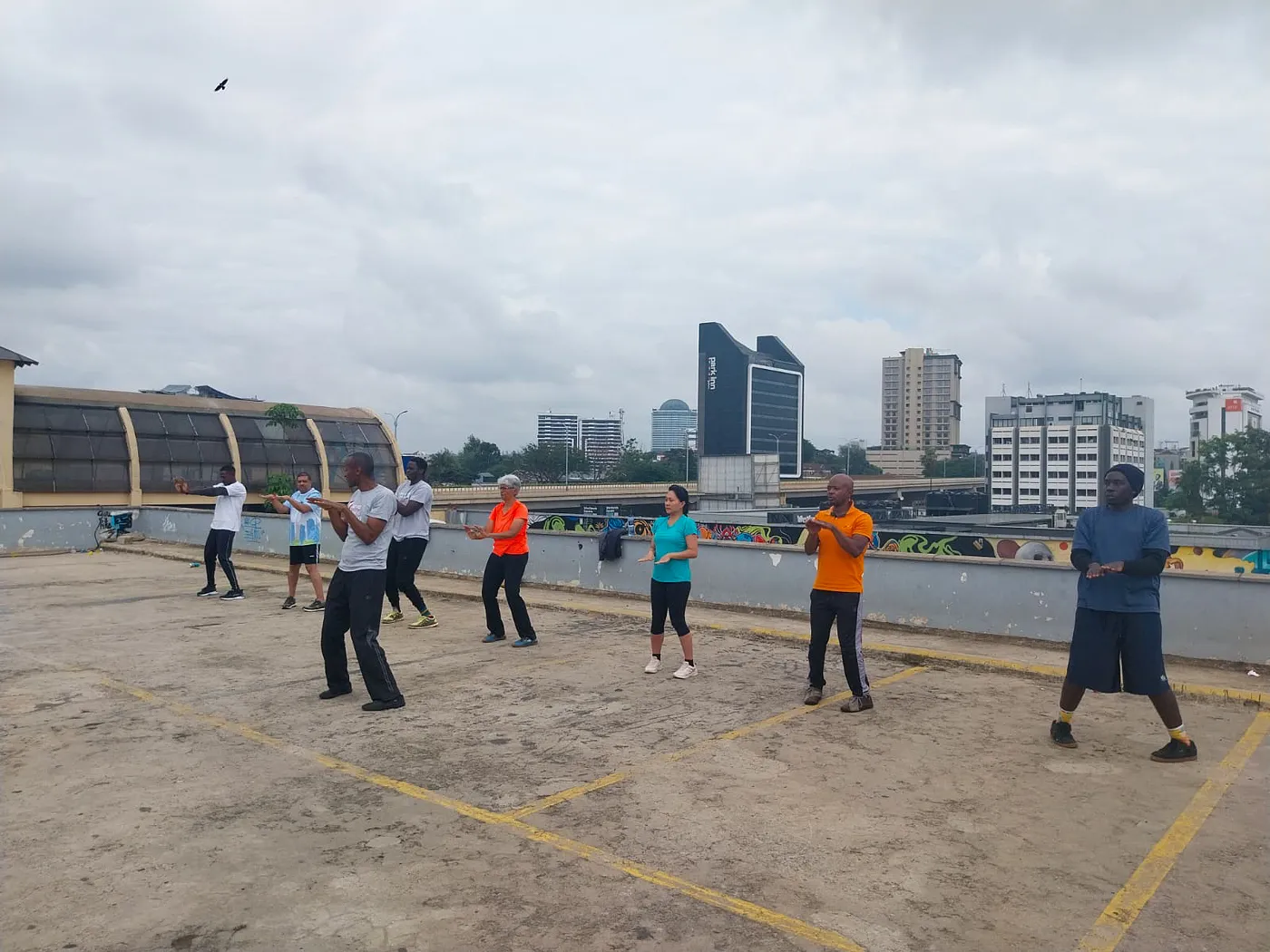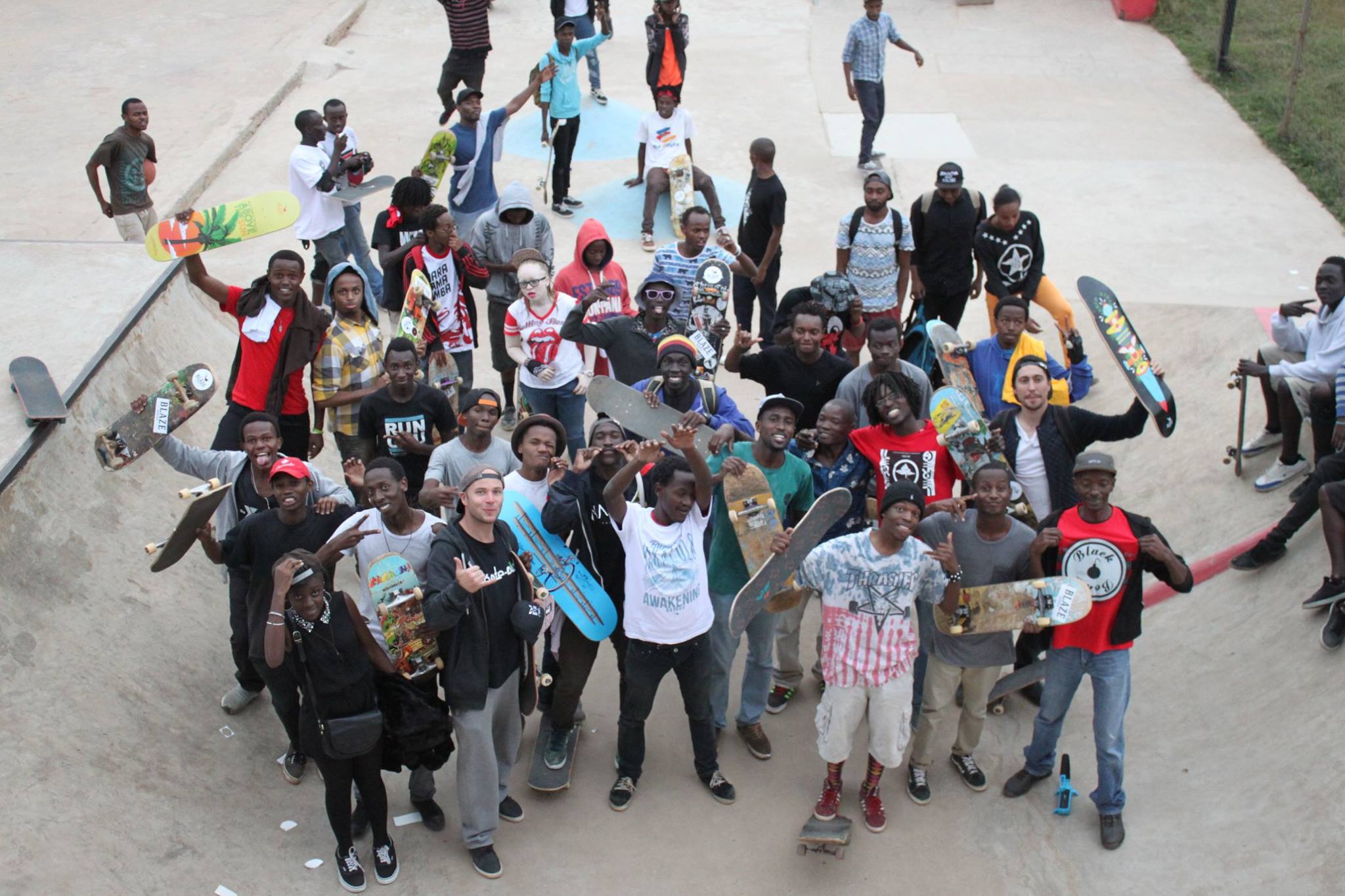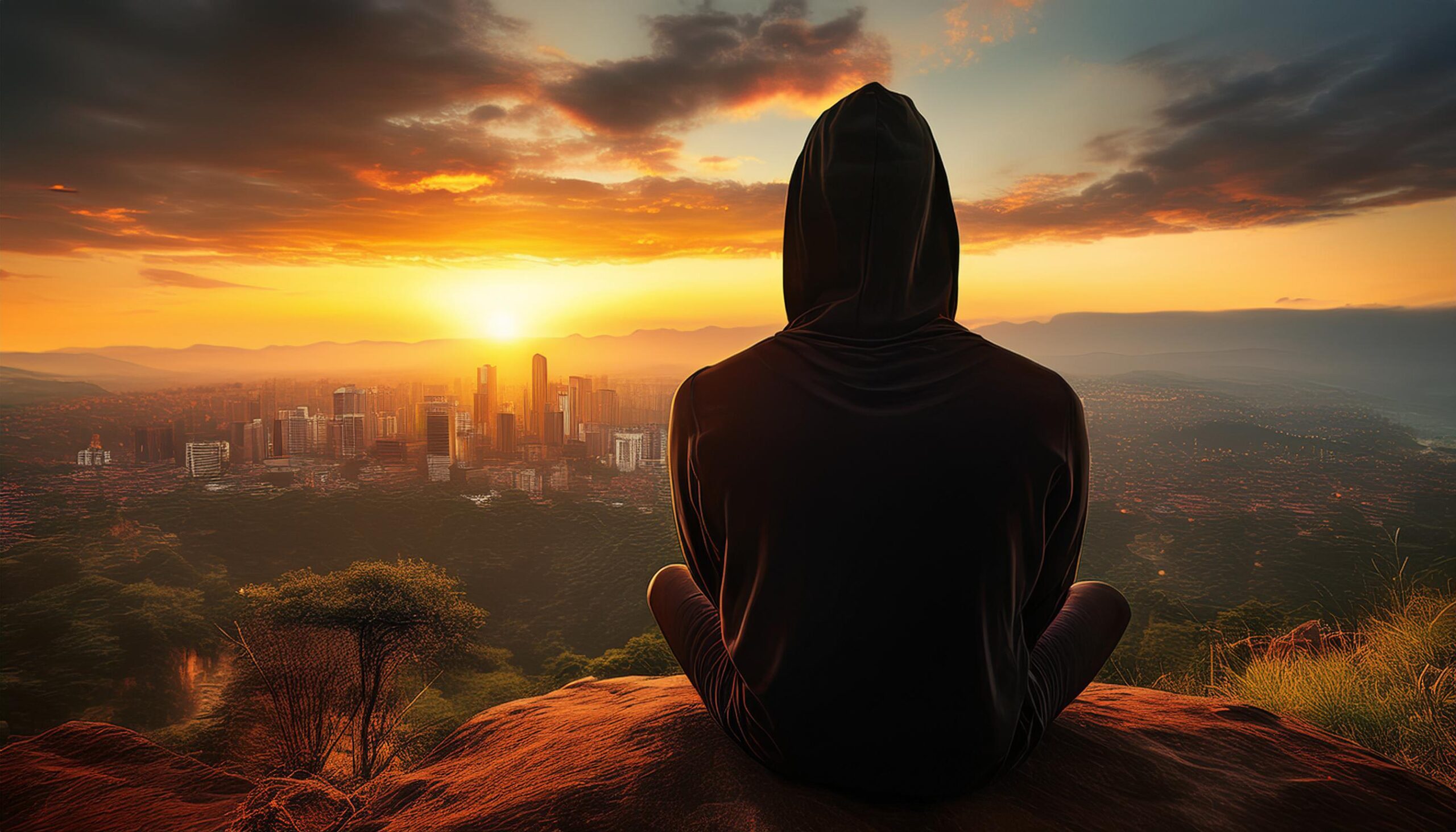Written by Natasha W. Githitho
Beating up a bad man has been a secret desire of mine since October 2022, when a near-death experience in the hands of one left me shaken and determined to never feel that powerless again.
It was in the wee hours of the morning that I was making my way to school, trying to make it in time for a 7 am lecture. I was using a route along a major highway that I live close to, and I had to walk along the road instead of using the footbridge for safety reasons. It was for this reason that I always wore a reflector jacket, just for visibility by motorists.
Some matatus (minibuses) were parked close to the elevated roundabout, and it acted as a bus stop. While almost at the top of the slope, I encountered a tall, raggedy and sturdy man who reeked of alcohol that was calling pedestrians to board his matatu. At the sight of me, he quickly and suddenly grabbed me by both arms, trying to get me to hug him by force while telling me to greet him. His grip on me was unyielding. I recall pleading with him to let me go, but he continued to force himself on me while laughing and telling me sweet nothings.
I was very uncomfortable and was running late, and naturally, I grew irritated. I struggled to break my right arm free and slapped him so that he would let go of me.
He didn’t let me go. He took a pause, and using the flashing headlights of the vehicles that were passing us going down the slope, I looked at his scruffy face. Instead of shame, he was shocked; his bloodshot eyes widened, and he looked very angry. He looked like a bull that was gearing up to charge at a matador. He still had that unyielding grip on me and was now holding me by my wrists.
It was then that he started violently shaking me like a rag doll, repeatedly expressing his disbelief about me slapping him in a loud voice. “Unaniumiza! (You’re hurting me!)” I was telling him, but it wasn’t getting through to him. The building buzz and everything surrounding us blurred out for a moment, and it was just me and him. At this point, I was completely scared because I feared being thrown into oncoming traffic, possibly ending up trampled.
Given that it was a bus stop, there were matatus lined up with their drivers either in the vehicles asleep or standing outside nearby. There also were pedestrians and incoming vehicles passing by, so I was not alone. I was also in a bright reflector jacket, so I was 100% in the line of everyone’s vision. Despite this, nobody was helping me. Miraculously, a matatu driver in uniform approached us and gently told him to leave me alone. He finally did so after the driver’s second or third request, albeit begrudgingly.
While walking away, my eyes were brimming with tears due to the shame of experiencing that in public. I was also very heartbroken that the general public was apathetic to my abuse and continued to mind their business. It became clear to me that relying on others for help wasn’t enough; if I wanted to feel safe, I would have to take matters into my own hands.
I couldn’t rely on others to protect me — good men aren’t always around.
Although I do not regret defending myself in that manner, I knew I needed better tools. That’s why I was thrilled to attend a Wing Chun self-defense class by Wing Tsun Life. My nasty ordeal taught me that sometimes, I am all that I have, and it’s best to be prepared for times like these so that I have a fighting chance of protecting myself (no pun intended). Survival is just not enough for a woman in this world.
The Importance of Self-Defense Against GBV
When men fail, their chaos falls on women and girls.
During periods of war, rape tends to be weaponized against women and girls. Combatants exhibit the worst forms of sexual violence towards women and girls during wartime as compared to peacetime (Cohen, 2016, p.19). They even bond over this!
When married men lose their jobs, women and children become victims of domestic violence.
When single men become economically disenfranchised, most of them are eventually sex-deprived as most women will not entertain men with zero provision power. This may lead to the rise of incels with toxic ideologies, who in their existence, pose a serious threat to the lives of women and girls.
With the International Monetary Fund (IMF) projecting the Kenyan economy to slow down in the coming year, from my inference, it is expected that we will have an increase of violence against women and girls from irrational men who will be victims of harsh economic times yet to come.
Given the alarming statistics around gender-based violence (GBV), especially the fact that nearly 44% of women in Kenya experience some form of abuse, it’s crucial that we empower ourselves with the tools to defend against such violence. This urgency led to the collaboration between Wing Tsun Life and She Skates Kenya, who came together to offer a self-defense workshop in honor of the founder of Wing Chun, as part of the 16 Days of Activism against GBV.
Why Wing Chun?
This martial arts technique was pioneered by a woman, who wanted to formulate a technique that is not reliant on strength. It is said that she was inspired after watching a fight between a stork and a rodent.
Ng Mui succeeded in creating this new form of Kung Fu and subsequently taught some women. One of them was Yin Wing Chun, who was her best student and whom the technique is said to have been named after. Wing Chun successfully exercised her martial arts skills as taught by Ng Mui in fending off an unwanted male suitor. Now that was intriguing to me, if you recall my secret desire.
After my ordeal, it was thoroughly sealed in my mind that men have a biological advantage over women, and that made me implore docile and alternative means of dealing with men who pester me. I must admit that I never considered taking up self-defense classes because of that. This was until I learned about Wing Chun utilizing the existing strength of the learner and working with them as they are, regardless of their size.
If Wing Chun did it, so can I. With discipline and dedication, of course.
My Experience with Wing Chun
Prior to that class, I had never interacted with any form of martial arts, unless in entertainment through American projects like Disney’s Mulan, The Karate Kid (2010) and Chop Socky Chooks.
As a young girl, I vividly recall doing the ‘Lesson Number One’ sequence with Fa Mulan and the young girls she was coaching with a mop stick in my grandparents’ living room. I also remember how, as an adult, I developed a crush on General Shang; his leadership, discipline, and martial arts expertise became much more appealing when I was older. It was no longer just admiration, but genuine affection. He was the perfect mix of strength and wisdom, and I loved that.
Signing up for the class and showing up was scary because I was vulnerable. I’m used to being in spaces where I am the best or among the best, and lately, I have been doing a lot of uncomfortable things. You can imagine how it felt trying this new out and looking like a beginner for the umpteenth time this year.
Nevertheless, there’s no shame in being a newbie. I do recall looking at the rest of the group and thinking that they also had their beginner moments, and it comforted me.
Our lesson was set on the rooftop of a mall in the heart of Westlands on an early crisp Sunday morning. Surrounded by colorful graffiti, the only sounds were distant sirens and the howling wind, a unique and atmospheric backdrop. Daniel, our coach, did share with us the cultural significance of training on a rooftop in a city — he said that martial arts learners, particularly in Hong Kong, often trained on rooftops in the bustling city.
This did tug on my nostalgic heartstrings as our session took me back to a scene in The Karate Kid (2010), where Dre Parker (portrayed by Jaden Smith) trained with his coach, Mr. Han (played by Jackie Chan).
The group I was training with was diverse; they were of different builds, sizes, and ages, brought together in the spirit of Wing Chun. Although it was small, it was great because it was an intimate experience. It also enabled the coach to observe everyone on an individual basis and correct them where need be.
We did some basic moves. For the kicks, we were striking above the knee (the thigh) as practice for having to strike directly at the joint during real-life combat. Kicks that were aimed at the abdomen were in preparation of having to strike a man at his privates in a real-life situation. I would say that it was a delicate balance for me in not injuring my colleagues while training. Although I think it was bold of me to think that I could hurt anyone as they were skilled fighters.
We also did some partnered punching combat where I tried to grasp the concept of deflecting attacks using my wrists and striking the opponent at the chest, face or neck when the opportunity arose. I also learnt that I also had to stay on guard when doing this so as to avoid getting caught off guard by the opponent. This involved ensuring that the opponent never got behind me and always holding up my arms in a blocking kind of way to shield my centre.
My time with my partner, a mature lady with skill, did teach me a lot. I thought that I was handling her with caution, but in actuality, she was the one handling me with caution! Her skills did give her a leg up over me as I had youth but zero skill whatsoever. Through her, I understood the principle of flowing with the opponent’s energy — she was able to deflect my attacks using the same energy I used to attack her, which was fascinating.
Frankly, I did encounter a bit of culture shock. I was surprised that I had to engage in friendly combat with the group members. I remember training with a male member on how to do some kicks to the opponent’s shoulders and thighs, and it was quite something to be on the receiving end of the kicks. He didn’t hurt me, but I was very surprised. The irony was that I was overjoyed in dishing out the kicks, but I couldn’t take what I was dishing out!
Wing Chun also did a great job in casting light on an implicit bias I had, and I learnt about it the hard way. During a circle drill where two members engage in friendly combat, I was paired with a middle-aged lady that was shorter than me. I initially thought I had the upper hand because of my height, but that assumption quickly proved wrong. Wing Chun teaches that skill and technique can overcome physical size and strength. This realization humbled me and reminded me of how we often underestimate others based on superficial traits, especially when it comes to self-defense.
However, I love the perspective that this particular experience gave me. A bad man may think that just because he is biologically advantaged, that he automatically gets to win against any woman. It proved that skill is the competitive advantage that Wing Chun gives women against bad men. That is powerful.
Empowerment Through Preparedness
Another thing that I was surprised to learn about myself was about how I actively failed to have agency over my personal safety. Sure, I do have a couple of things I do as preventative measures to avoid encounters with bad men, but what happens when I find myself in a situation that may escalate to sexual assault?
Self-defense, just like swimming, should be considered as a vital life skill. Arguably, it should be taught in schools, but until the system wakes up to the realization that they ought to be imparting girls (boys, too) with this skill, it should be a matter of personal concern.
Linking up with Daniel G. of Wing Tsun Life would be a great start in taking back one’s agency through learning self-defense. With over thirty years of experience in empowering people, I trust that anyone with interest would greatly benefit from his Wing Chun coaching. If it is something you would like to take up, you can sign up to join the Wing Tsun Community of peaceful fighters here.
Conclusion
Looking back on my experience, armed with what I know now, I would have acted differently. A strong kick to the knee would have immobilized him, giving me the chance to escape.
Wing Chun, along with other self-defense strategies, is vital in the fight against GBV. It empowers women and girls, enabling them to reclaim their safety and autonomy.
As we await societal change, it’s crucial that more women take control of their own protection through self-defense training. The power lies within us, and it’s up to us to tap into it for our own safety.
References
Cohen, D. K. (2016). Rape During Civil War. Cornell University Press.


